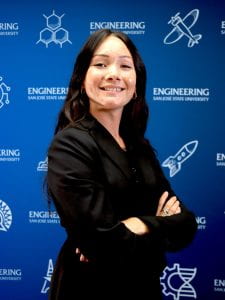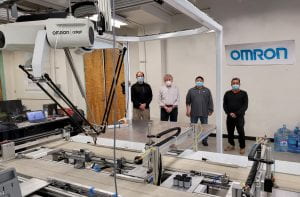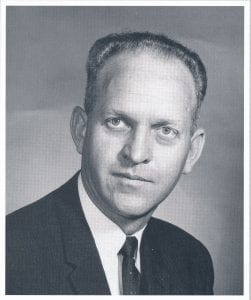Student Profile
Meet Indigo Ramey-Wright, a senior at San Jose State University, majoring in Mechanical Engineering.
All the way from Santa Cruz, Indigo’s journey into engineering began in middle school when she discovered her love for Math and Physics. During her senior year, a new class, “Intro to Engineering,” was offered, where it explored fundamentals and worked with AutoCAD. While she only took it to work with her favorite teacher one last time, she soon realized the subject was slowly becoming her favorite as well. The excitement of applying physics and math alongside her creativity to understand how things interact fueled her determination and solidified her choice in engineering.
Choosing the SJSU College of Engineering was an easy decision for Indigo. The university’s supportive and accessible environment, along with dedicated advisors and professors who want to see students succeed in both classroom and professional settings, made her feel valued and set her up for success. The contrast with her experience at a larger university highlighted the importance of personal support and accessibility in her decision to choose SJSU.
Indigo is a recipient of the Silicon Valley Engineering Scholarship, a vital financial support that enables her to pursue higher education independently. Grateful for the opportunity, she acknowledges that she wouldn’t be where she is academically without the scholarship helping to relieve some monetary burdens.
Reflecting on her SJSU experience, Indigo wishes her pre-college self to get involved earlier. Despite starting during the pandemic, she wishes she had explored campus and club options sooner after the return to in-person activities. Currently a member of the Formula SAE team, she values the sense of community and teamwork it provides.
Looking toward the future, Indigo plans to continue her education and is passionate about Electric Vehicles. Aspiring to work as a Technical Program Manager or focus on process control and improvement within the industry, she envisions leading a team during the production season when a new vehicle launches.
Indigo Ramey-Wright’s story is one of dedication, passion, and the pursuit of excellence. As she continues her journey at SJSU and beyond, we know that her passion for Mechanical Engineering will leave a mark on the technology industry after graduation.
SJSU is Part of the Hispanic-Serving Institutions (HSI) Project – Giving Hispanic and Low-Income Students a Hand Up!
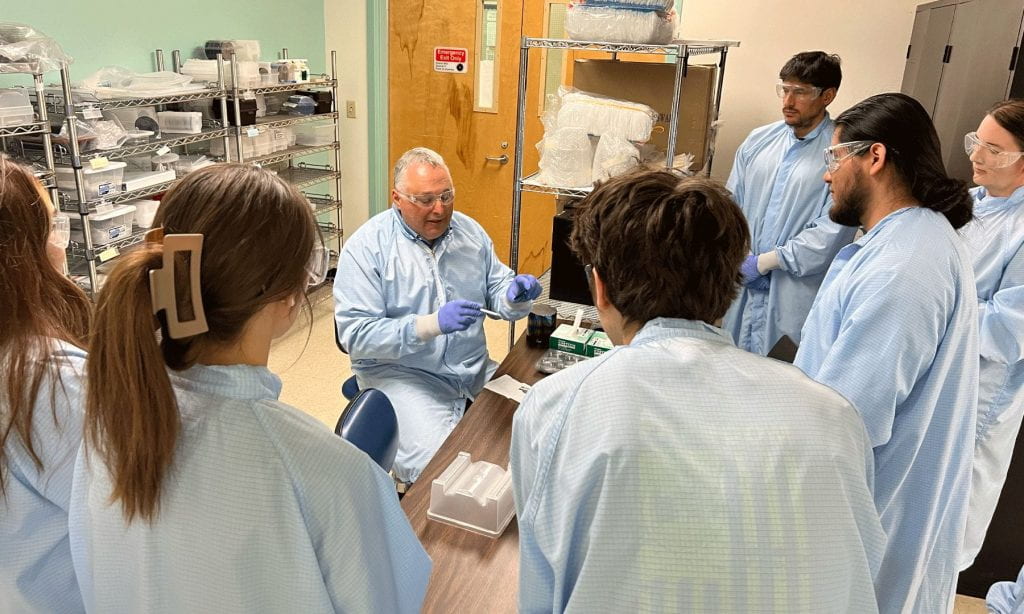
David Parent demonstrates engineering concepts to Gavilan Community College Students as part of Project Engineering Success. Photo by Eugenia Ayala-Servellon.
When it comes to education, there can be many barriers to success, particularly for Hispanic and low-income students. First-generation students might not know about office hours, for example, or the best classes to take at a community college in order to transfer to SJSU and graduate in four years. Read the full story on the SJSU Blog written by Cassie Myers.
Black History Month Celebrates Lanny Smoot of The Walt Disney Company

Image courtesy of The Walt Disney Company
Renowned Disney Imagineer Lanny Smoot, known for his groundbreaking contributions to technology and invention, is set to be inducted into the National Inventors Hall of Fame, a first for a Disney Imagineer. Smoot, a Disney Research Fellow, boasts a remarkable career spanning nearly three decades and over 100 patents, making him one of the most prolific Black inventors in the U.S. On May 9, a ceremony in Washington D.C. will be held to formally honor Smoot and fellow Class of 2024 inductees.
Smoot’s career highlights include iconic creations like Madame Leota’s “floating” ability in the Haunted Mansion, the extendable lightsaber for Disney Live Entertainment, and the Magic Playfloor on the Disney Cruise Line. His innovative work extends to international Disney parks, such as the Fortress Explorations adventure at Tokyo DisneySea and the interactive koi ponds at Hong Kong Disneyland Hotel.
However, the standout exhibit chosen by Smoot for his Hall of Fame induction is “Where’s the Fire?”, where he uses “X-ray flashlights” to melt away life-sized model rooms, emphasizing fire prevention through engaging challenges. Smoot is also the recipient of multiple Thea Awards, awarding individuals in the themed entertainment industry, and one of his current projects is called “HoloTile Floor”, a shared virtual reality experience.
Before his illustrious Disney career, Smoot earned degrees in electrical engineering from Columbia University and worked at Bell Laboratories, contributing to early video-on-demand technology and video conferencing which is still the blueprint for many devices we use today. Smoot’s induction into the Hall of Fame marks a historic moment for Disney Imagineering and celebrates Smoot’s enduring legacy in the world of invention and entertainment.
HP event
 For the first time since 2019, HP’s Bay Area Black Employee Business Impact Network is proudly hosting Black Students Day (BSD) for college freshmen and sophomores!
For the first time since 2019, HP’s Bay Area Black Employee Business Impact Network is proudly hosting Black Students Day (BSD) for college freshmen and sophomores!
BSD offers Bay Area students a unique exposure to careers at HP in a variety of fields and help build pathways into their chosen careers with HP, including:
- Educational workshops
- Panels
- Site tours
- Informal networking
Students can speak directly to HP personnel and ask questions about their personal experiences, career choices, and educational paths. BSD helps students bridge their academic experiences to their professional goals through communication with business leaders and exposes them to opportunities at HP to achieve those goals.
BSD will be held on February 09, 2024, at HP headquarters in Palo Alto from 9:00 am – 2:30 pm.
Registration deadline: February 05, 2024
We look forward to hearing from you and hopefully meeting you at BSD 2024!
Artificial Intelligence: A Double-Edged Sword for Environment and Climate by Prof. Ahmed Banafa
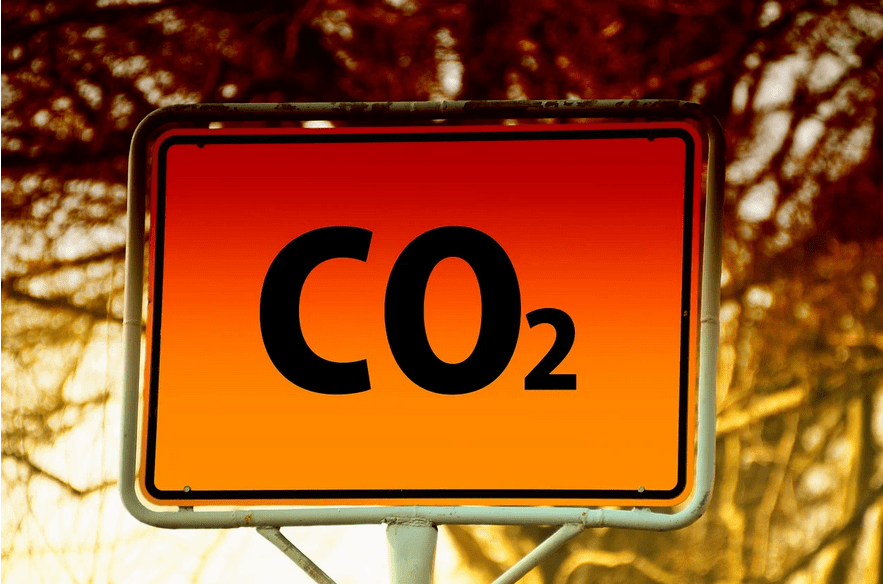
Artificial intelligence (AI) has emerged as a transformative force in the 21st century, reshaping industries, influencing social interactions, and even venturing into the realm of environmental protection. However, its impact on the environment and climate remains a complex and multifaceted issue, riddled with both promising opportunities and potential pitfalls. Understanding these nuances is crucial for harnessing the power of AI for a sustainable future.
Spartan Racing
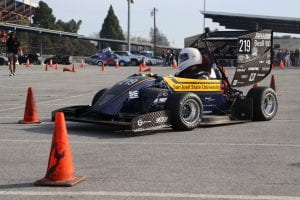 What do you get when you combine sunny weather with the Spartan Racing team? A whole lot of fun! This past weekend (January 27 and 28), the Spartan Racing team hosted “Driver Day.” This was an opportunity for recently graduated alumni who worked on the SR-14 electric vehicle, sponsors and a few select others to put their driving skills to the test. The air was buzzing with excitement as corners were turned and drivers were all aiming for the best lap times. Visit the team’s website to stay up to date with their activities.
What do you get when you combine sunny weather with the Spartan Racing team? A whole lot of fun! This past weekend (January 27 and 28), the Spartan Racing team hosted “Driver Day.” This was an opportunity for recently graduated alumni who worked on the SR-14 electric vehicle, sponsors and a few select others to put their driving skills to the test. The air was buzzing with excitement as corners were turned and drivers were all aiming for the best lap times. Visit the team’s website to stay up to date with their activities.
